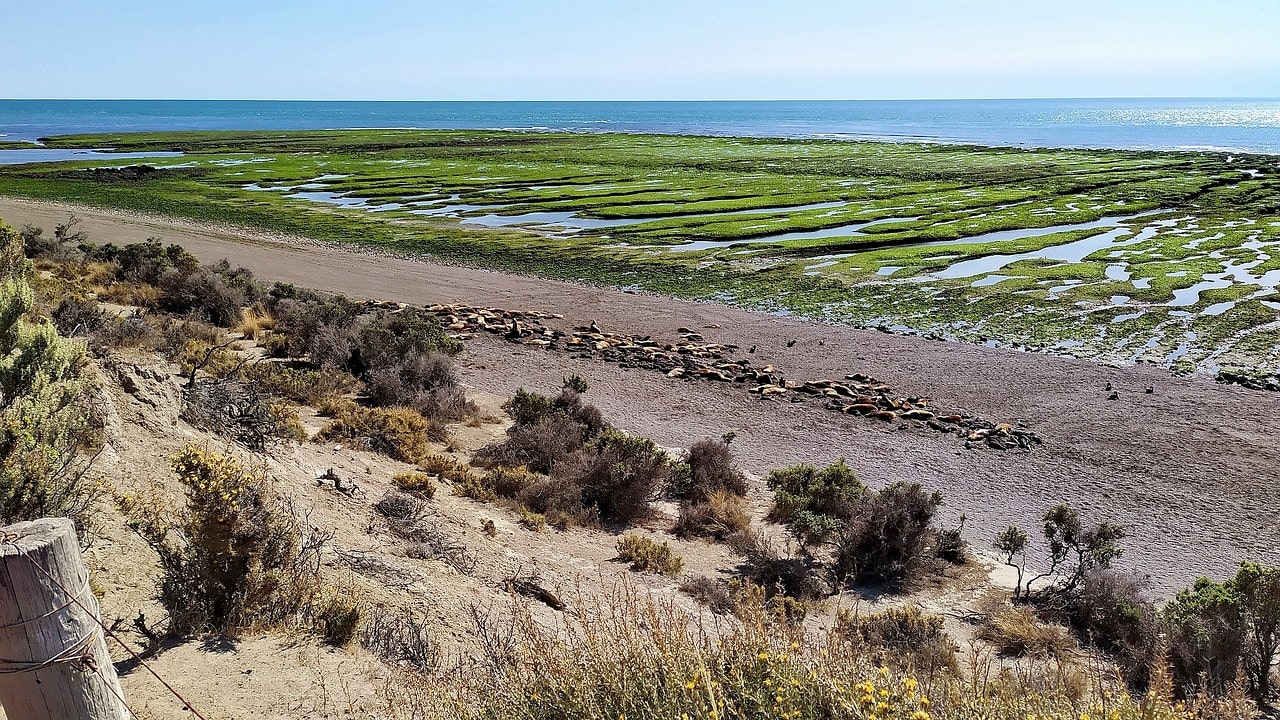Why is Puerto Plata Cheaper than Punta Cana?
For many travelers considering the Dominican Republic, the question often arises: “which is better Puerto Plata or Punta Cana?” Both destinations are...


Punta Cana stands out as a tropical paradise in the Dominican Republic, blending powdery white sands with vibrant culture. This travel guide distills the essential tips and must-knows — whether it’s your first visit or you’re hunting under-the-radar adventures — so you can maximize every sun-drenched moment.
Punta Cana’s appeal lies in its seamless blend of palm-fringed beaches, world-class water sports, and rich local traditions. From snorkeling amid coral reefs to sampling sancocho at family-owned eateries, this region offers experiences beyond typical resort life. Adventurers relish zip-line canopies over lush jungle, while couples find serenity in secluded beachfront villas.
Most travelers from the US, Canada, and EU require no visa for stays under 30 days — just a valid passport. Upon landing at Punta Cana International Airport (PUJ), you’ll clear customs and baggage in under 30 minutes during off-peak hours. Pre-booking a shuttle or private transfer through AutoDominicana.rent guarantees a seamless ride to your resort; on-site taxi counters offer alternatives, but compare fixed rates before booking.
High season runs December through April, boasting sunny days and minimal rainfall — expect room rates to surge and book three to four months ahead. Low season (May to November) brings occasional showers but fewer crowds and discounted tour packages. For balanced weather and value, aim for May or late November.
Explore curated experiences that range from heart-pumping adventures to soothing relaxation, all designed for every visitor.
Water-Based Excursions:
Jungle Adventures:
Cultural & Culinary Day-Trips:
Choose from luxurious beachfront resorts to hidden eco-friendly retreats — accommodations crafted for every taste and budget.
Dominican peso (DOP) is the local currency, but US dollars are widely accepted — expect an exchange rate of ~55 DOP per USD. Standard tips: 10% for restaurant service, $1–$2 per bag for porters, and $5–$10 per person for private guides.
Dominicans are warm and polite; a simple "Buenos días" goes a long way. Dress modestly when visiting churches or rural areas. Avoid pointing with a single finger; use an open palm gesture instead.
Stay hydrated — tap water is safe in major resorts, but bottled water is recommended elsewhere. Apply reef-safe sunscreen to protect marine life. Keep emergency numbers handy: 911 for police and medical, and your embassy’s hotline.
Pack smart with essential gear to enjoy sun-soaked days and action-packed excursions without missing a beat.
Valid passport and return-ticket proof; no pre-arrival visa needed for many nationalities.
Not mandatory but highly recommended for medical and trip cancellations.
Routine vaccinations are sufficient; watch for sun exposure and stay hydrated.
Cash in pesos or dollars; major credit cards are accepted at resorts and larger shops.
Atlantic Standard Time (AST), UTC-4 year-round.
Spanish is official; English is widely understood in tourist areas.
Lightweight clothing, sun protection, insect repellent, and essential documents.
Whether you seek adrenaline-pumping adventures, cultural immersion, or sheer relaxation, this Punta Cana things to know guide arms you with practical advice and local insight. Bookmark these tips and reach out to AutoDominicana.rent for smooth car rentals and personalized transfers — your passport to Dominican paradise.
For many travelers considering the Dominican Republic, the question often arises: “which is better Puerto Plata or Punta Cana?” Both destinations are...
When planning a trip to the Dominican Republic, one of the most common questions travelers ask is “which is better Punta Cana or Santo Domingo?” These...
Punta Cana, a gem nestled on the eastern coast of the Dominican Republic, is synonymous with pristine beaches, swaying palm trees, and an endless arra...